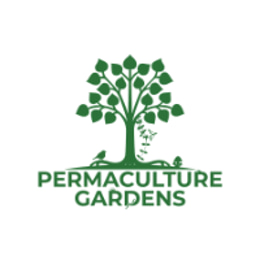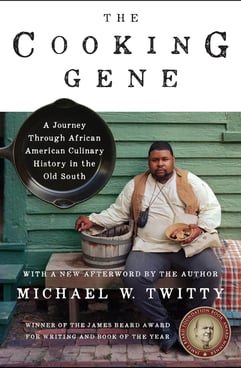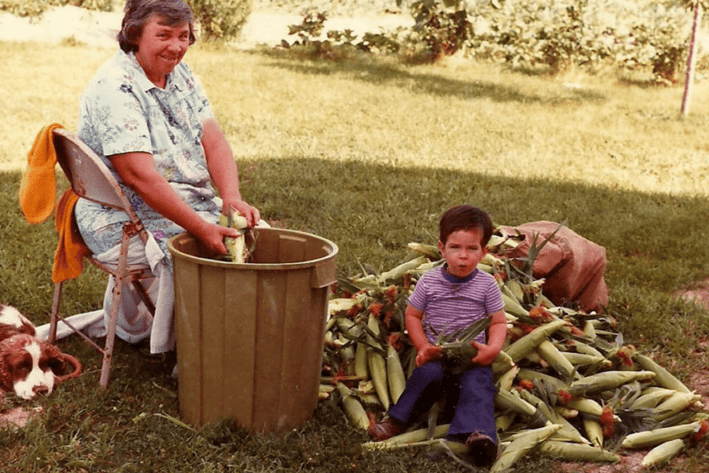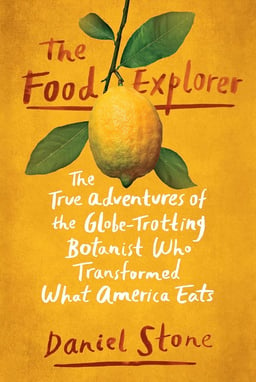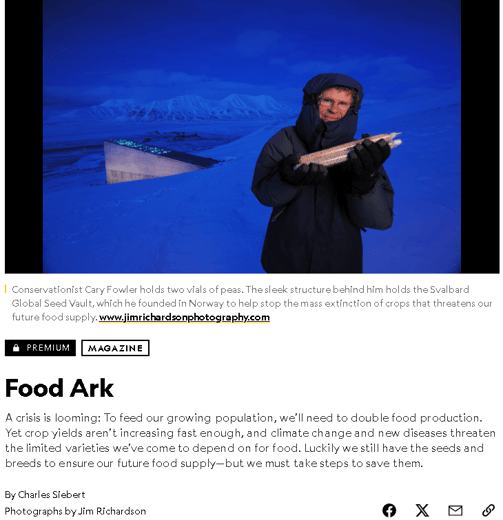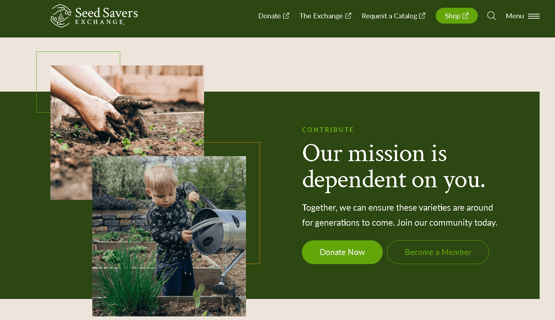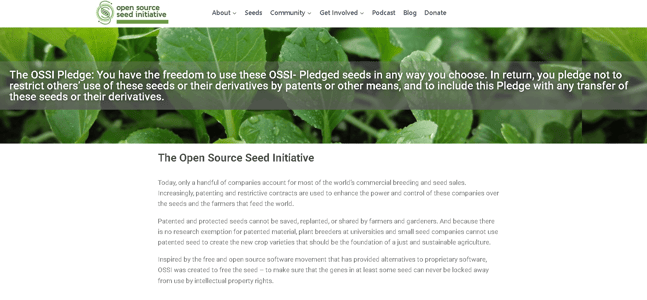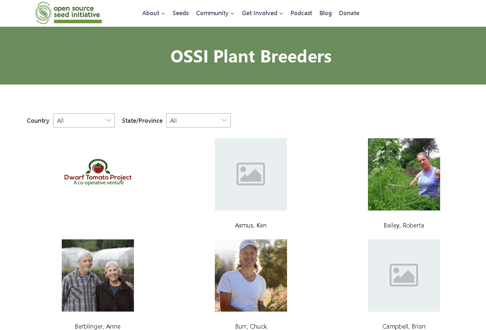Heirloom Seeds: Why they are valuable & timeless
"Discover the magic of heirloom seeds and why they’re a must-have for any gardener! 🌱✨ In this blog, we dive into what makes heirloom seeds special, their rich history, and how they help preserve biodiversity and flavor. Whether you're a seasoned gardener or just starting out, learn how growing heirlooms can bring sustainability, resilience, and unmatched taste to your garden. 🌿🍅🌻
3/18/20259 min read
Heirloom Seeds: Why they are valuable & timeless
Disclaimer
Disclaimer: This post contains some affiliate links. The small commission we receive if you choose to purchase goes towards making this gardening education available for free! We do not affiliate for anything we do not personally use.
Click the video above for the audio/visual version

It can be confusing shopping for seeds; we see in the stores non-GMO, organic, heirloom, etc.
What do these all mean and what exactly is an heirloom vegetable?
Seeds are categorized by how the parent plants were propagated.
Open-pollinated seeds are those that, if isolated from other varieties, will produce children that are very close to the parents in terms of properties. Usually a seed has to be stable for at least seven generations to be considered an open pollinated variety.
Heirloom seeds are open-pollinated varieties that have an extensive history detailing how they were saved or originally bred.
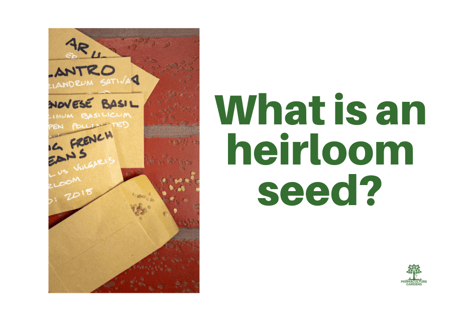

1. What is an heirloom seed?
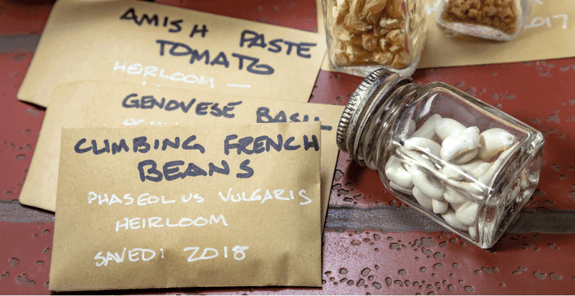

Opposite that are hybrid varieties that won't produce seeds that are "true-to-type", meaning that their children will likely be different from the parent. Hybrid plants don't produce seeds that are worth saving because they are likely to have unstable properties.
Hybrids are grown for their disease resistance and vigor, but in order to produce a consistent supply of hybrid seeds, the seed provider will need to have stocks of the parent plants to produce the hybrids.
You may have seen seeds labeled F1 or F2 in the stores and wondered what that meant. This refers to the "filial" generation from the stable parent variety, so F2 means that the hybrid is 2 generations removed from the stable parents that were used to crossbreed it.
Hybrids differ from genetically-engineered seeds (GM) since they are usually produced using traditional cross-breeding instead of gene-editing techniques.
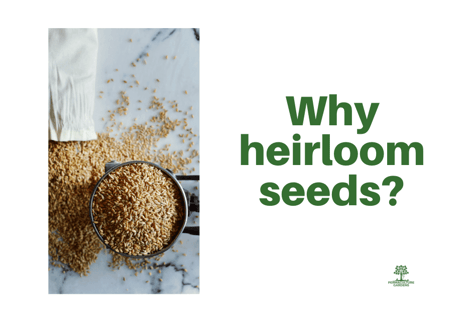

2. Why heirloom seeds?
One of the most important goals in sustainable gardening is saving seeds from some of our valued plants and using them to grow the next cycle of plants the following year.
Humanity has observed this cycle in nature for countless generations and learned to harvest and save seeds from the most useful plants encountered.
Seeds of favored varieties were treasured and stored carefully and passed as heirlooms from mother to daughter and father to son.
An example of this was given by Tor Jansen, who at the time was working at Seed Savers Exchange, an organization dedicated to stewarding heirloom seeds. He said that it was not uncommon for mothers to pass on a box of seeds to their daughters on their wedding. In this way, it was like saying,
"With these seeds you can feed yourself and your family and take a little bit of me wherever you go."
The most poignant seed stories come from the African diaspora, where slave women would hide their seeds in the braids of their hair as they made the horrific journey to the American and European shores.
This was how the heirloom collard came to the United States.
Michael Twitty, author of The Cooking Gene and culinary historian, shares the following:
"Heirloom collards are key to a history and heritage forgotten. It's the varieties of our Ancestors that teach us where we've been but also give us aid in a time when fresh homegrown food is a healing agent."
Heirloom seeds represent not only the blueprints and potential to produce interesting plants but also, through careful record-keeping, store the history of the people and cultures who preserved and cultivated them.
“I think the reason these old vegetables get people so excited is they tell a story.
They tell a story about a culture, whether it’s your culture or another culture; it also tells a piece of history about that culture. It’s a living piece of the past, and it’s one of the only things that every person can have, whether you have finances or not, whether you live in the United States or Haiti … there’s always that ability to pass on a seed.
I think that’s what makes it special is that connection to our past. At the same time, kind of handing it to the future. And enjoying it in the present, of course."
Jere Gettle gardening as a kid
- Jere Gettle, Founder and owner of Baker Creek at Rareseeds.com
It was at this point, with a large influx of new immigrants, new agricultural technology, and an oversupply of basic foodstuffs like corn and wheat, that America started diversifying their diets beyond subsistence.
When the first European colonists landed on the shores of eastern America all the way up to the middle of the 19th century, the diets of most Americans were focused on subsistence instead of the wide variety of fruits and vegetables that we take for granted today.
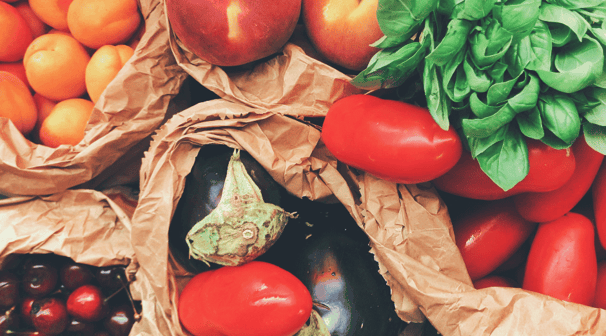

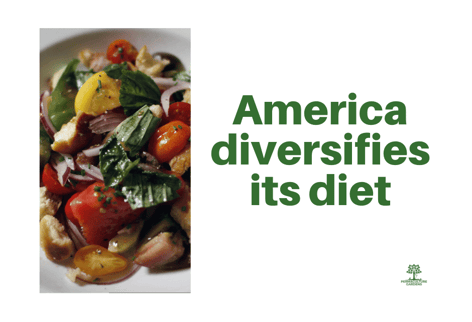

3. America diversifies its diet
A really fascinating book about the time period is "Food Explorer",which delves into the biography of David Fairchild, a botanist who was responsible for introducing America to avocados, dates, quinoa, kale and many other foods that he and his fellow colleagues at the Department of Plant Introduction found in their travels around the world.
This was the golden age of seed catalogs, with gardeners around America inspired by the potential of growing all kinds of interesting flowers and vegetables from around the world.
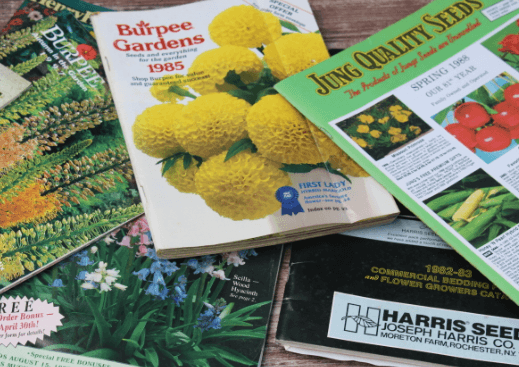

Even as a kid in the 80s, I remember drooling over a Burpee catalog and imagining the amazing things I could grow from the fanciful descriptions.
The difference between the late nineteenth century and today is the huge drop in diversity in plant varieties that we grow.
In our modern "monoculture" agricultural system, most farmers plant the same top plant varieties. The problem occurs when a new bacteria, fungus, or virus targets a trait in those top-performing varieties that quickly decimates the global supply and production of that plant.
The best way to combat this inherent weakness in our modern agricultural system is to save seeds from a diverse background.
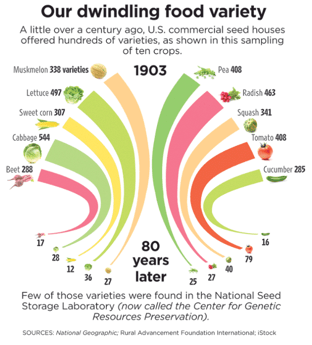

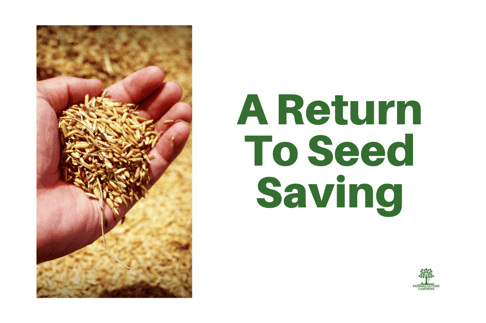

4. A Return To Seed Saving
I feel that the best reason for learning and cultivating heirloom seeds goes back to the meaning of the word heirloom, which means something valuable passed down from earlier generations. Heirloom seeds are valuable items cultivated by our parents and grandparents (increasingly our great and great-great grandparents), and the stories of how they were kept and preserved are deeply compelling.
In 1975, Ken and Diane Ott Whealy started a seed exchange using a tomato and morning glory variety brought to America by Diane's Bavarian immigrant great-grandparents.
Building on their initial mission to save seeds with interesting cultural history that they found were becoming unavailable in seed catalogs, this exchange has grown into Seed Savers Exchange, a national non-profit with 13,000 members.
It maintains one of the largest seed banks in America, with over 20,000 varieties of seeds, a 850 acre farm in Iowa and has deposited over 3000 varieties in the Svalbard Global Seed Vault in Norway.
About 20% of these varieties have "stories", recalling where the seed came from and why it was preserved. Many of these seeds are not tastier or significantly more productive than commercial varieties, but they were usually grown because they had a unique trait that differentiated them and prompted their preservation. Quite often, I find the story about the varieties more interesting than the horticultural potential of the seed, with many of the stories painting a picture of the various ethnic groups that immigrated to different parts of America.
5. Moving towards a Diverse Future
Although it's important to preserve our seed heritage and reclaim seed varieties that are on the brink of extinction, the best hope for our seed future is continuing the work of plant breeding, which involves stabilizing hybrid varieties that show promise and creatively breeding plants to produce new open-pollinated varieties.
A initiative called the Open Source Seed Initiative (osseeds.org)started in 2014 to reclaim seed varieties for experimentation by plant breeders and farmers.
It borrows heavily from the successful open source movement in the software industry where the results of seed experimentation are freely offered to the public domain as long as nobody ever tries to patent or restrict usage in the future. Here is alist of plant breeders (with some short bios) agreeing to be a part of this initiative.
A surprisingly large number of them are formally trained biologists who bucked the current agricultural academic environment (which is dominated by private investment in public research) to contribute to the public good through their plant breeding work.
Aside from annual plant breeder work, there are also researchers that are interested in restoring historical "landrace" varieties of wheat, rice and other cereal grains that were historically grown in local communities during the 19th century. This work is interesting because they turn traditional agricultural concepts on their head, such as dryland rice and perennial wheat varieties. In addition, some of these older varieties of wheat, like Einkorn and Emmer, are better tolerated by people suffering gluten sensitivies since they haven't been overselected like much of modern wheat varieties.
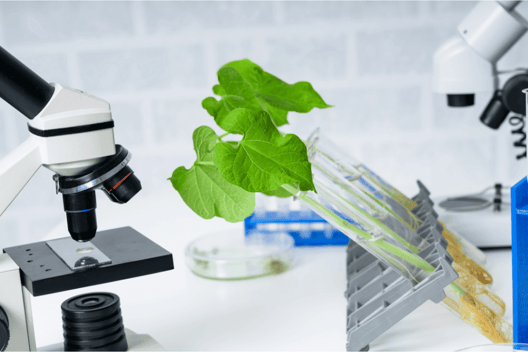

Unfortunately, overzealous plant protection legislation serving the interest of large corporations has turned the commercial seed business into big business. As these corporations have become more involved in plant breeding, they recruit the best talent from universities and direct their research into producing plant varieties that improve the bottom line of the corporation.
Almost always, these desired plant properties do not include taste or more importantly, viability in small backyard gardens. The fallout from this is that we as gardeners have less seed varieties to choose from because there are less plant breeders doing their work.
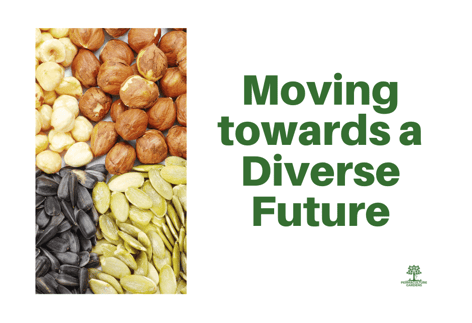

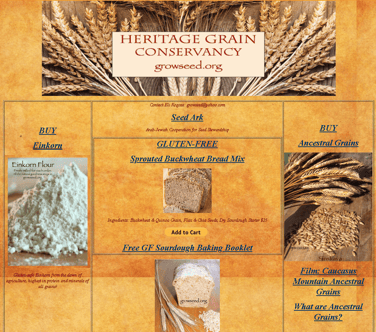

The Choice is Yours
I recommend that when you are planning out your seed purchases you not only consider the types of plants you want to grow but also the traits in those plants that are important to you.
Is taste important, or have you had a lot of trouble growing a desired crop and it's more important that you get some disease resistance? Are you growing your crops to maximize your health or improve your nutrition? You might want to consider different colors of your favorite veggies to grow, since they might have more anthocyanins or lycopenes.
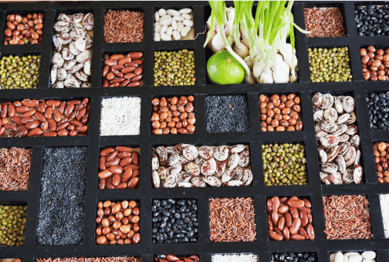

Being more informed about the history and source of your seeds will strengthen your connection to your plants and may even inspire you to save the seeds from your top varieties for the following year. You'll renew your connection to nature and start to become more in tune with the seasonal and plant cycles that sustain us.
Finally, not all of us can be seed savers of all the seeds we grow. Some of us growers are just starting out and the mere thought of growing anything can be overwhelming enough.
In cases where you have to buy seeds, choose seed companies that value seed saving and heirloom seeds. The list of such companies keeps growing, but here are the top three that we have leaned on year after year:
Our Favortie Heirloom Seed Companies
I WANT TO GROW MORE
Sign Up for a
Permaculture Garden Course
I AM A BEGINNER
I WANT MY DREAM GARDEN
Sign up for the
Grow-It-Yourself Program
Everything you need to start a garden
may be hidden in your pantry.
Take a self-paced, step-by-step garden course to help you grow right from seed to harvest.
Make Your Organic Food Garden A Reality with
a garden mentor
a community
an app &
a proven plan!
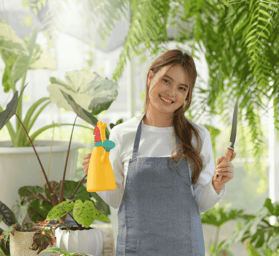

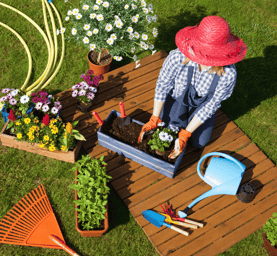



Choose one next step.
Which of the following are you?
Permaculture Gardens - your online resource for organic & sustainable gardens.
Contact
permaculturegardens@gmail.com
Bethany Farm
41558 Stumptown Rd.,
Leesburg, VA 20176
